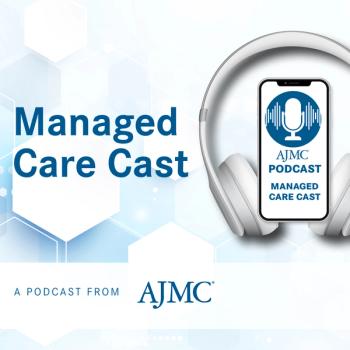
Dr Stefan Anker: Patients With HFpEF Deserve a New Treatment
With empagliflozin, we now have evidence that another treatment for patients with heart failure with preserved ejection fraction (HFpEF) is possible, said Stefan Anker, MD, PhD, FESC, professor of cardiology, Department of Cardiology, Charité Campus Virchow Clinic, Berlin, Germany, and principal investigator of the EMPEROR-Preserved study.
With
Transcript
How do you contrast the EMPEROR-Preserved results with findings from previous trials?
Thank you so much for this question. It's important to really understand what other trials have done, looking at combined end points with cardiovascular mortality and heart failure hospitalization in slightly varying combinations.
Over the last 16 years, we had 5 big trial programs looking into this in heart failure with preserved ejection fraction. They used slightly different definitions of the inclusion criteria, and basically different follow-up times, but always between 2000 and 6000 patients were included. Overall, the results never reached a convincingly significant level, with the best P value of around about 0.05 or 0.06 and around about 5% to 14% reduction in these end points. We know that maybe things went in the right direction, but not to a clinically meaningful and statistically really convincing degree.
The differences between the trial programs—apart from the design—are all these other therapies are targeting the RAASi system. Empagliflozin does not target the RAASi system. And of course, when you look into the baseline therapy—also in our trial—quite many HFpEF patients are already treated with beta-blockers, RAASi therapies, MRAs. So trying to achieve significance on top of that is difficult.
In one way, these other trials were not positive from a statistical sense, but we already practiced that kind of medicine anyway. But now we have the evidence that, really, we need to bring a new therapy on board for all of these patients, with empagliflozin, which is a metabolically active drug that targets a variety of different pathways. Maybe together, we can get the most for the patients.
Newsletter
Stay ahead of policy, cost, and value—subscribe to AJMC for expert insights at the intersection of clinical care and health economics.















































